Those features you thought were new? Not so much
Long-time Apple CEO Steve Jobs was fond of the saying “good artists copy; great artists steal”. This is often misinterpreted, because it’s about inspiration, not theft. The idea is a competent creator might imitate, but someone with real skill can make an object or idea their own — to the point it feels unique.
During its time, Apple has ‘stolen’ a lot. The original Mac took elements from Xerox — and subsequently transformed them. Today, iOS 14 appears to have been inspired by Android. Here, then, are five features popularized by Google’s mobile operating system that were in some ways improved on when they came to iOS, but could be better still if Apple ‘stole’ a little more.
Home Screen widgets
Android users have long argued their platform is superior, in part due to widgets. Their Home Screens tend to be peppered with information, not app icons — far more useful!
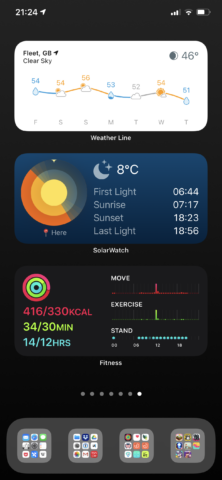
iOS 14 in a single release caught and blazed past Android widgets. Apple’s are visually superior, more space efficient (through stacking), and intelligent in showing specific information at the most useful times.
But Android widgets are more flexible in terms of size and placement — put one in a specific Home Screen spot and it won’t budge if you remove the one above it.
A translation app
Google didn’t get there first with translation apps, but Google Translate is widely used, accurate, and feature-rich. By contrast, although Apple bakes translation functionality deep into iOS 14, the standalone Translate app feels very version 1.0.
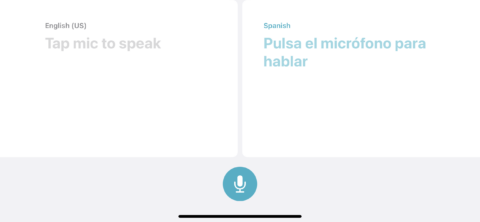
Apple’s Translate app feels too stripped back
It is at least easy to use — and more approachable than Google’s cluttered equivalent. But you’re limited to a dozen tongues, whereas Google gives you a world of languages, handwriting recognition, and live text translation through the camera.
A street-level maps view
Apple made a big deal about Look Around, a new feature of Maps that lets you view street-level imagery. It’s sleek and smooth — and also not remotely original. If you’ve ever used Google Maps, you’ll recognize this as Street View.
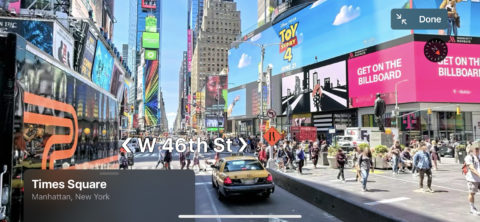
Look Around: pretty but available for too few locations
Except not quite, because although Apple adds nice ideas — notably, integrated point-of-interest buttons — Look Around is limited to a handful of cities. The thing Apple needs to steal here is ubiquity.
An app drawer
Android long ago decided Home Screens were only for favorite apps. It instead encouraged browsing via an app ‘drawer’ that lists all your apps, displays some recently used ones at the top, and has an integrated search field to quickly filter what you have installed.
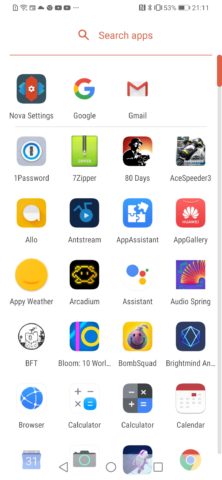
App drawers are common on Android — and much easier to reach than App Library
If that sounds familiar, Apple’s version is App Library — but iOS 14 betters Android in letting you quickly turn on and off entire Home Screens, and through automatic app grouping. So what does Apple need to steal? Immediate access. In iOS 14, App Library lurks to the right of your last Home Screen, but on Android, it’s just an upward swipe away.
Default apps management
If there’s something Android still has over iOS, it’s in freely enabling you to customize your device. You can swap out the default app used for a range of tasks, including the camera, browser, phone, and even the app launcher.
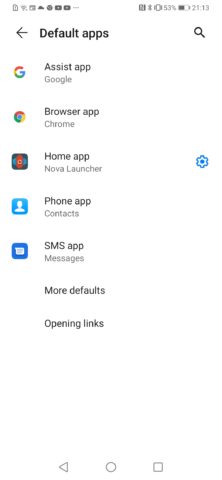
On Android, you can switch far more than your default email client and web browser
Apple’s finally taken baby steps in this direction, giving you control over email clients and web browsers — but this is a rare case where no improvements have been made. The mechanism for switching apps is buried too deep within in Settings, and there’s no provision for deciding which app should be used for your calendar or music player.

